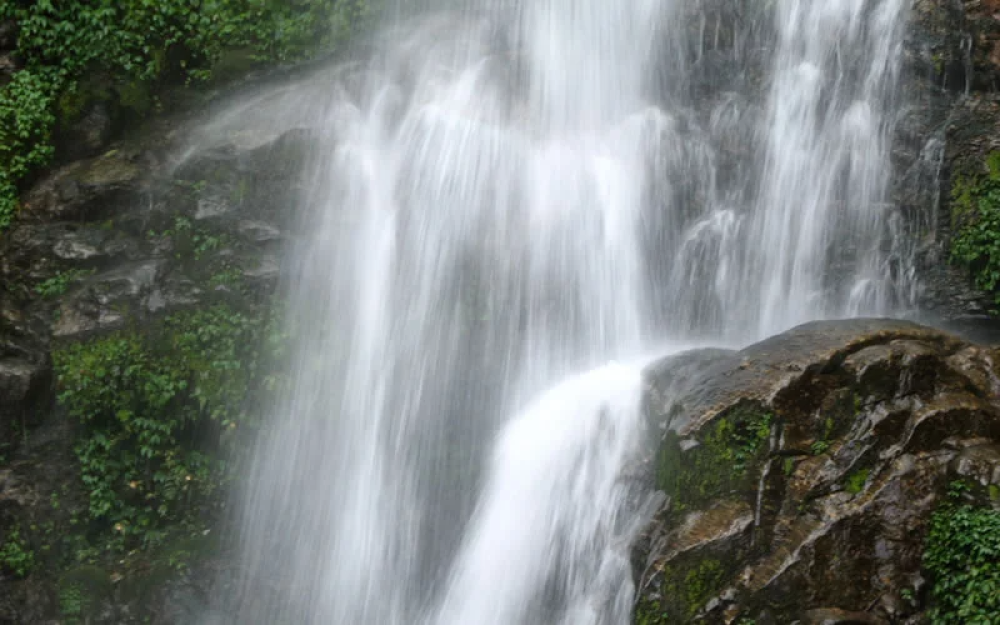

Nestled in the picturesque state of Sikkim, India, the Rimbi Waterfall is a stunning natural wonder that has been attracting tourists for many years. The tourism history of Rimbi Waterfall is relatively young in comparison to other historical sites in India, primarily because Sikkim only opened up to outsiders after merging with India in 1975. Since then, Pelling and its environs, including Rimbi Waterfall, have gradually grown into a beloved tourist destination.
Initially known only to the locals and a few adventurous explorers, Rimbi Waterfall’s charm began to draw in visitors from across the nation and around the world. The waterfall gained popularity for its serene ambiance and the refreshing experience it offers, away from the hustle and bustle of urban life. The state government of Sikkim, recognizing the potential of Rimbi Waterfall, invested in creating better access roads and facilities to enhance the visitor experience.
Visiting Rimbi Waterfall allows tourists to revel in the lush greenery of West Sikkim. The waterfall cascades down the rocks creating a soothing sound that complements the peaceful environment. Bird watching, photography, and picnicking are popular activities among tourists. The most favorable time to visit is during the monsoon season when the waterfall is in full spate, showcasing its majestic beauty.
The growth in tourism at Rimbi Waterfall has been beneficial to the local community. Employment opportunities have increased as locals engage in the tourism sector by offering services such as guided tours, homestays, and handicraft sales. This form of inclusive tourism development has helped in elevating economic standards and preserving the region's cultural heritage.
With the influx of tourists, conservation efforts have become a priority to protect the natural beauty of Rimbi Waterfall. Sustainable tourism practices are being encouraged, including waste management and limitations on permissible tourist numbers during peak seasons to prevent environmental degradation.
In recent years, the focus has been on enhancing the sustainable and eco-friendly aspect of tourism. Travelers are becoming more conscious about their environmental footprint, resulting in a trend towards eco-tours and responsible travel practices in places like Rimbi Waterfall. Adventure tourism is also on the rise, with treks and nature walks being organized in the region, allowing tourists to explore the flora and fauna without disturbing the ecosystem.
The accessibility to Rimbi Waterfall has improved significantly with the development of roads and local infrastructure. Pelling, being the nearest hub, is well-connected by road to the main cities of Sikkim. From Pelling, visitors can hire local taxis or be a part of organized tours to reach Rimbi Waterfall, which is approximately 12 kilometers away.
Rimbi Waterfall continues to be a destination that offers a blend of natural beauty, relaxation, and adventure. The tourism history of Rimbi Waterfall is a testament to the potential that natural sites possess in captivating the hearts and minds of travelers from across the globe. As tourism evolves, Rimbi Waterfall is set to remain a cherished jewel in the crown of Sikkim’s tourist attractions.